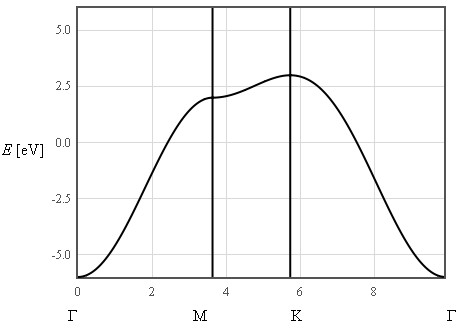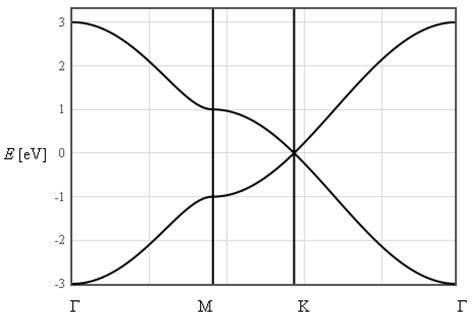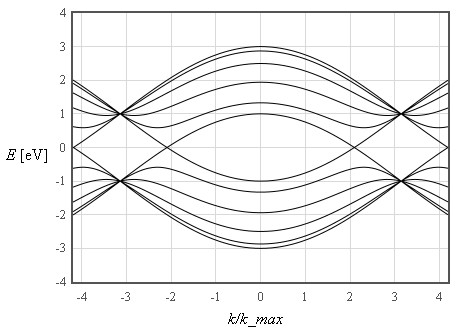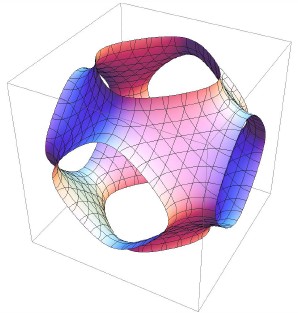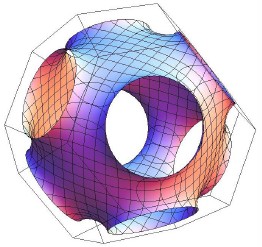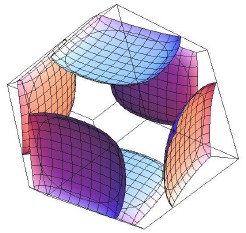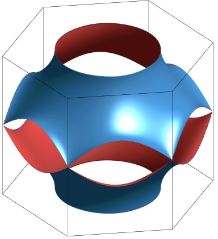1-D crystal, one band
1-D crystal, two bands (trans-polyacetylene)
2-D square lattice
2-D hexagonal lattice
Graphene
2-D boron nitride
Carbon nanotubes
simple cubic 3-D
fcc
bcc
hexagonal
Dispersion relation

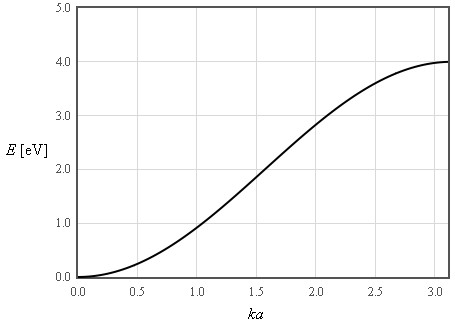

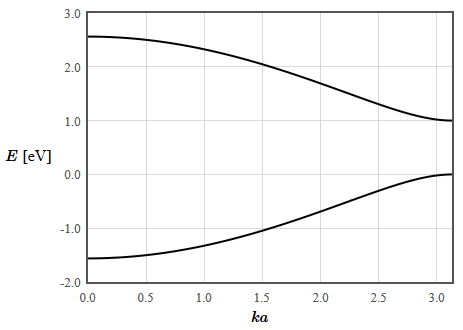

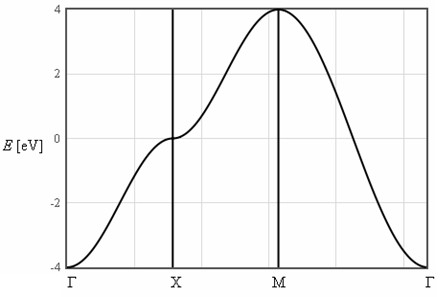
| 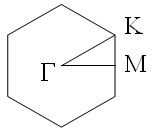 |
|  |
|  |
|

 |

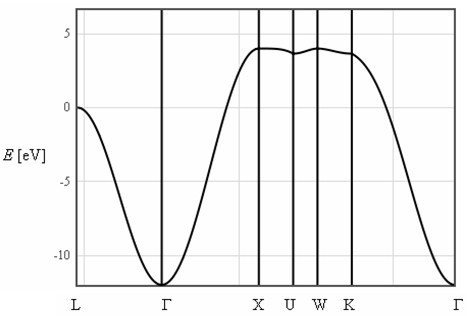 |

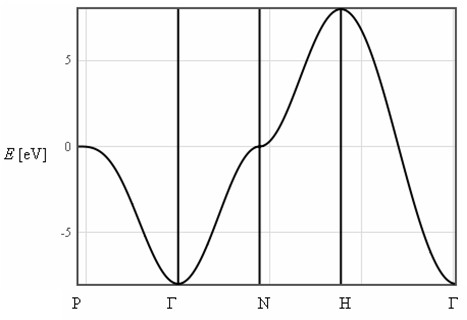 |

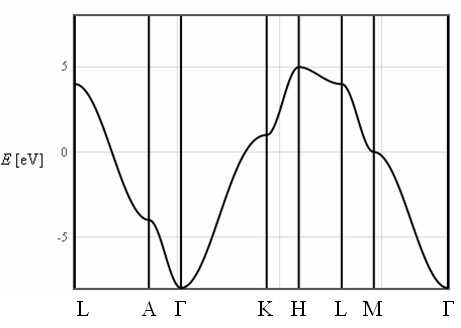 |
Density of states











Density of states


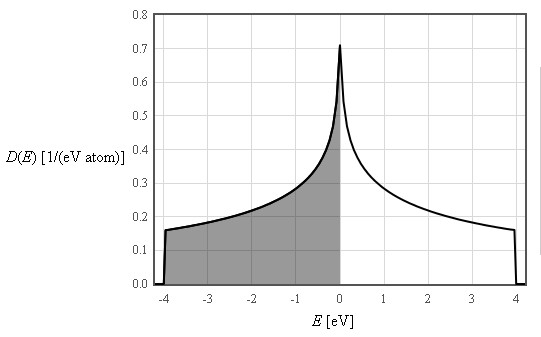
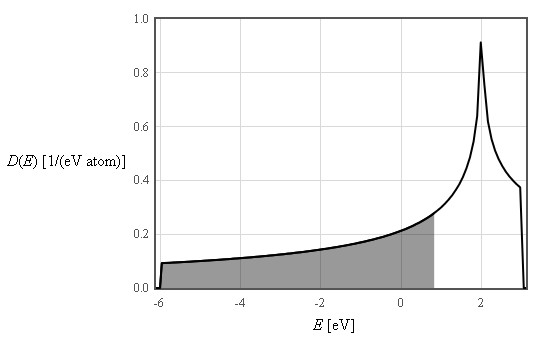
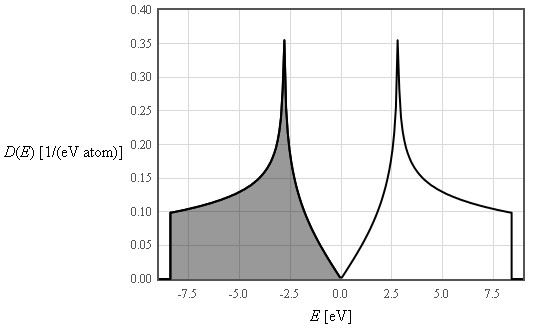

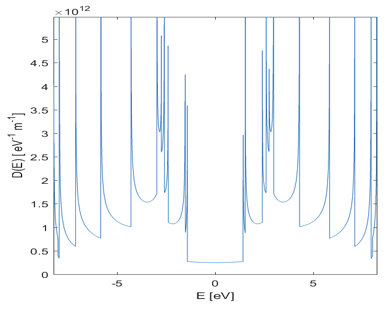
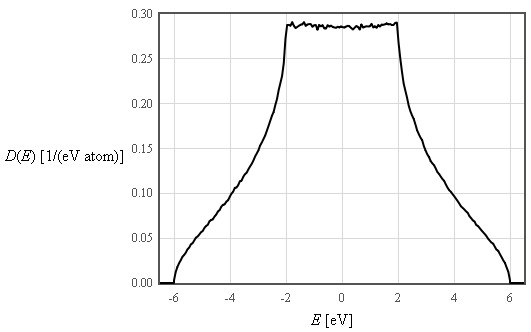


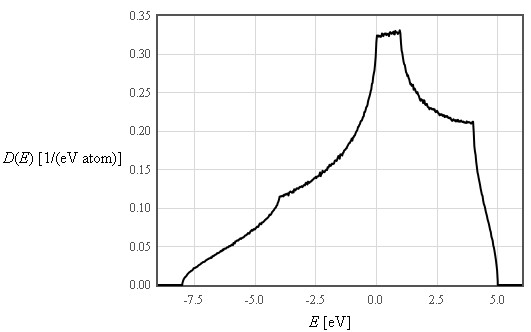
Fermi surface
Chemical potential

The density of states for graphene is symmetric around the Fermi energy so the chemical potential is nearly temperature independent.

The density of states for simple cubic is symmetric around the Fermi energy so the chemical potential is nearly temperature independent.
Internal energy distribution
Internal energy
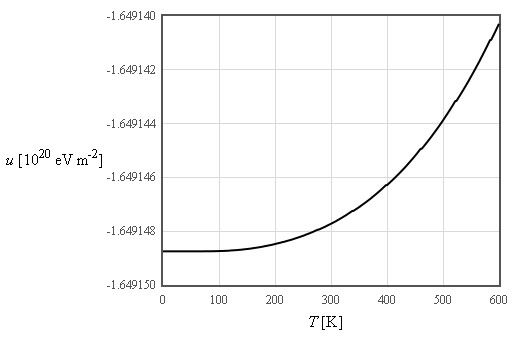
The electronic contribution to the internal energy density is small for graphene since the density of states is zero at the Fermi energy.
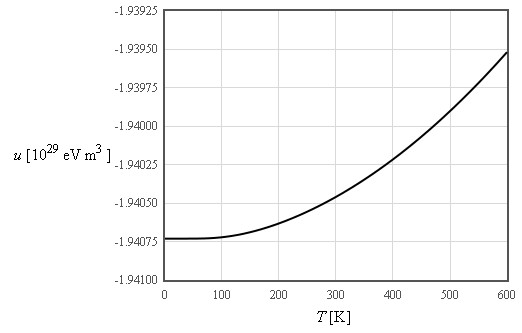
Helmholtz free energy
Entropy
Specific heat
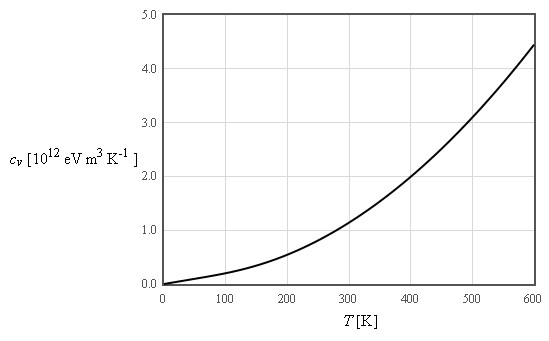
The specific heat for graphene is small because the density of states is zero at the Fermi energy.

Pressure
Bulk modulus

